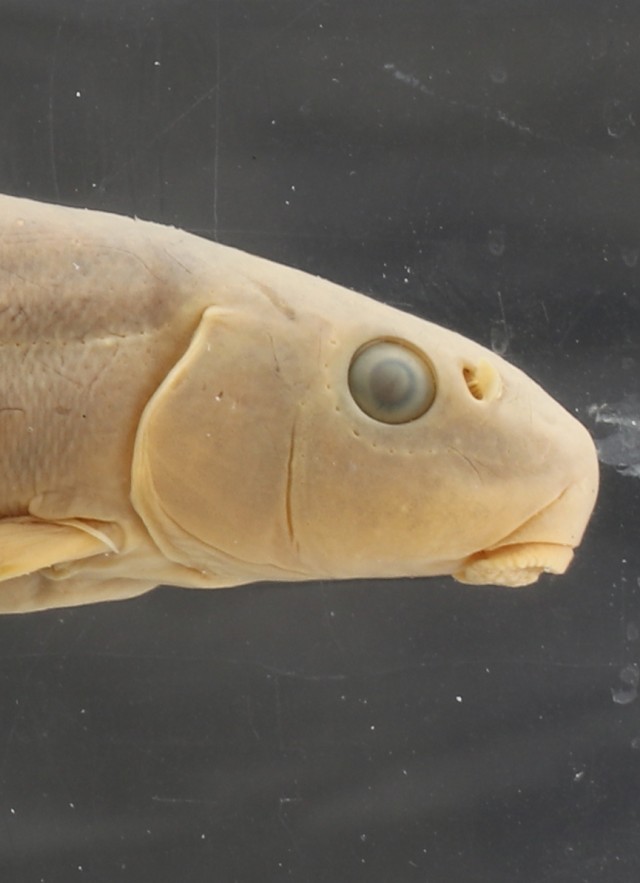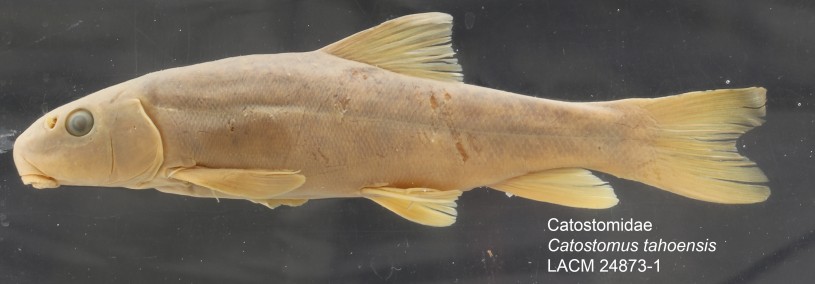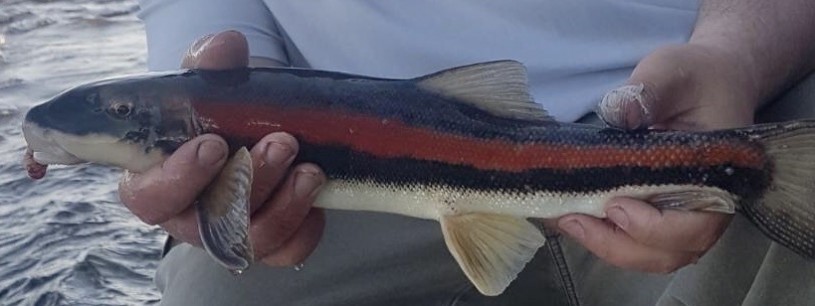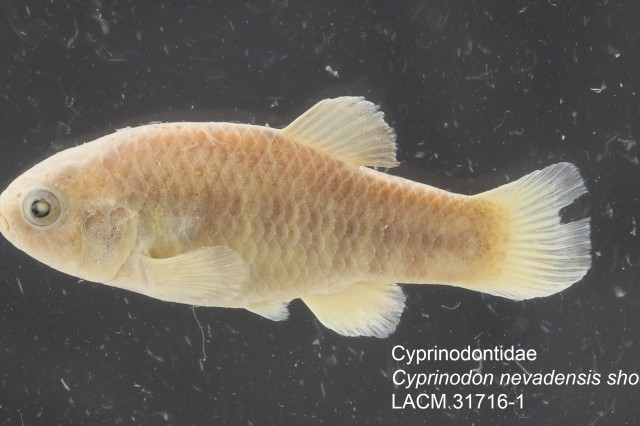Fishes Across America: Next Stop? Lake Tahoe, California
Explore the biodiversity of freshwater fishes across the U.S.

Let’s gas up our ride and head north across the Death Valley National Park to the U.S. 395.
On this drive, we will skirt some of the best National Parks and National Forests in the U.S.—Sequoia National Park, Kings Canyon National Park, Sierra National Forest, Yosemite National Park, Tahoe National Forest. After about eight hours (or longer for stops to take in the views), we will arrive on the banks of Lake Tahoe, namesake of our next fish.
The Tahoe sucker, Catostomus tahoensis, is widely distributed in lakes and streams across central and northern California and northern Nevada. They can be found in lakes from surface waters all the way to depths of 1,000 feet and in slow-moving sections of streams.
The Catostomidae is an interesting family of fishes, with some 75 species worldwide, most of which are in North America. Commonly known as suckers, they have what is known as a sub-terminal mouth, or a mouth that points down, and thick, fleshy lips. They use their muscular mouths to probe the bottom for tasty treats like insect larva, worms or tiny crustaceans living under rocks. They can even feed on algae, meaning they have a truly omnivorous diet. Basically, if it’s on the bottom of a stream or lake and it fits in their mouths, they will eat it.

An important fish for maintaining the health and efficiency of freshwater landscapes in the west, the Tahoe sucker can be found on the bottom of almost any stream or lake in the region, steadily munching away on whatever lives on the bottom. They are basically vacuum cleaners keeping stuff from cluttering up the river bottom.

While generally small in streams, reaching about six inches long, they can be substantially larger in lakes, reaching up to about 2 feet in length. Despite these sizes, they have apparently not been a major source of food for humans. There currently is no fishery for them, and there are no records of Native Americans having caught them. It’s a little curious for fish of this size to not be utilized as a source of protein. Maybe it’s because the large, lake-dwelling individuals that are big enough to make a meal of live in deeper waters and are harder to access. It could also be because all catostomids have two series of bones that stick out from their vertebrae (the fancy term for these are epineurals and epipleurals): if you are not careful, you could jab yourself in the back of the throat with pointy bones while trying to eat one.
Small size and the hazards of consumption have not kept the next sucker on our list from being eaten, however.
